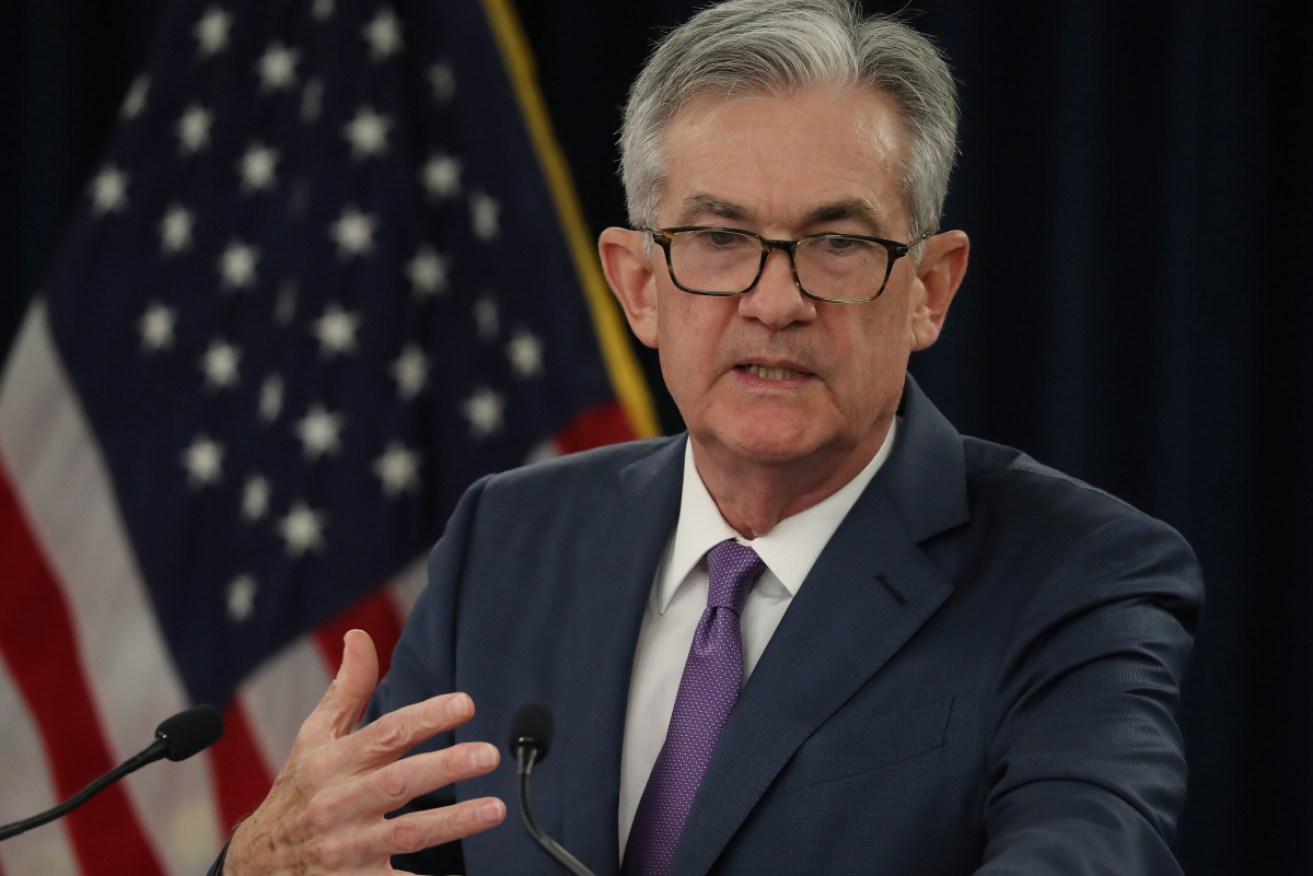What a US interest rate cut would mean for the Australian economy


US Federal Reserve chair Jerome Powell's past monetary policy has met with mixed response. Photo: Getty
Weak inflation and global uncertainty over trade will likely see the US Federal Reserve cut interest rates for the second consecutive policy meeting this week.
The central bank cut rates in July for the first time since the global financial crisis, and market pricing suggests another cut on Thursday morning (AEST) is likely.
Economists say a second cut would temporarily hurt Australian exporters and provide further impetus for an RBA rate cut in October.
“All else equal, a Fed rate cut would put upward pressure on the Australian dollar, which the Reserve Bank [of Australia] doesn’t like,” UNSW economics professor Richard Holden told The New Daily.
“They put a lot of weight on the competitiveness of our exporters, so I think a [Fed rate cut] would make the RBA more likely to cut at their next meeting.”
The Australian dollar was trading at US68.32 cents on Tuesday afternoon.
A US rate cut would weaken the US dollar and push the Aussie dollar upwards. But an RBA rate cut next month would reverse that trend, according to AMP Capital senior economist Diana Mousina.
“We think the RBA will go in October and November, so we see more aggressive moves from the RBA than the Fed, because we already saw two RBA rate cuts in June and July,” Ms Mousina told The New Daily.
“So we think the currency can go a little lower, maybe to around US65 cents.”
Ms Mousina said weakness in the domestic economy would influence the RBA’s decision-making more than movements in US interest rates, with further stimulus needed to lift inflation and cushion the blow of future job losses in the construction industry.
“When the currency is below 70 cents, that generally tends to be pretty good environment for exporters,” Ms Mousina said.
“So I don’t think our currency is acting as a headwind to Australia. I think it’s more that our economy has weakened over the past year – the last GDP result showed we only grew at 1.4 per cent over the past year, which is below population growth.”
Minutes from the Reserve Bank’s September meeting, which were released on Tuesday, suggest the chances of an imminent rate cut have increased, according to investment bank UBS.
Where board members once said they would “assess developments in the global and domestic economies before considering further change to the setting of monetary policy”, now they say they “would ease monetary policy further if needed to support sustainable growth in the economy”.
In the minds of UBS economists George Tharenou, Carlos Cacho, Giulia Specchia and Jim Xu, the subtle change in language indicated a 25-basis-point cut in October was now “live”.
“Overall, we still expect the RBA to cut rates by 25bps in Oct-19, & again in Feb-20 & May-20 to 0.25 per cent,” the UBS economists wrote in an emailed note.
“However, the October cut remains ‘conditional’ on other global central banks easing (Fed & BoJ this week), and a soft enough labour market report Thursday.
“Governor Lowe’s speech next Tuesday also remains key. Nonetheless, even if the RBA does hold in October, then a 25bp cut in November is still very likely.”
The Federal Reserve will announce its decision at 4am on Thursday (AEST), while the Reserve Bank will announce its next decision on October 1.
Reserve Bank governor Philip Lowe has said the central bank will need to keep interest rates low for an “extended period of time” to lift inflation and bring down unemployment.
But he has also drawn attention to the fact cheap money alone “can’t drive long-term growth”.









